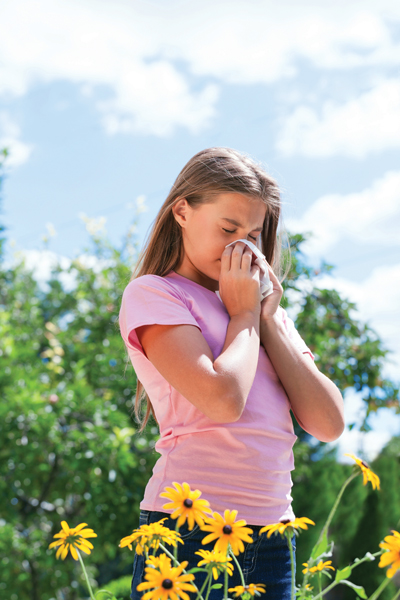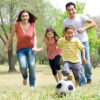
by Russell James
Glide Balance Bike Classes
Sometimes it’s the simple things in life that are the most rewarding. Learning to ride a bike without stabilisers is one of them. Once your child has a bike, cycling is a fun and free activity that they can enjoy with friends and family for life.
It’s easier to learn to cycle when you’re young and it’s a life skill that your child will have forever.
Encouraging your child to ride a bike while they’re young helps to establish healthy exercise habits that are likely to stay with them for life.
Bike riding is a skill that comes with a whole range of benefits. While most of us know that regular cycling contributes to better physical health, there are plenty of other reasons why learning to ride a bike is more important than ever. Here are just a handful of them.
Bike riding is a great way to get your children excited about outdoor exercise from an early age.
Getting outdoors is wonderful for children. They get natural sunlight, which gives them vitamin D, and they get a lot of fresh air, which allows them to get a good sleep at night. The better sleep they get, the healthier they are and the more their body will be able to grow.
Physical activities like cycling have a positive effect on your children’s brain. There’s a very simple reason for this: during physical activity, your child’s whole body, including the brain, is supplied with more oxygen-rich blood and nutrients. This enhances your child’s ability to concentrate and think creatively.
Cycling plays an important role in the overall growth of your child. Riding a bike not only improves physical fitness, it also benefits your child’s learning development and mental health, allowing them to grow mentally and emotionally, gaining strength in their decision making ability. Research shows that students who ride a bike to school are more focused and ready to learn, compared with those who are driven to school by car.
Taking part in re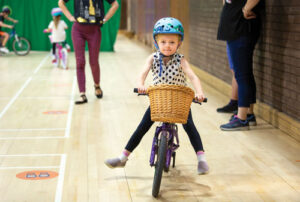 gular physical activity also has links to increased happiness, as well as giving children more opportunities to make friends and social connections.
gular physical activity also has links to increased happiness, as well as giving children more opportunities to make friends and social connections.
Cycling is an activity that all ages can enjoy. Mums, dads, children and even grandparents can take part in a family bike ride. It’s a great way to share some quality time, and it’s good for you too. Remember, the key to family bike rides is to have fun. So start slowly and take plenty of breaks to give little riders time to rest.
Teaching your child to ride a bike has long-term benefits for the environment. Using active transport like cycling instead of driving reduces carbon emissions, eases traffic congestion and eliminates parking problems. Less pollution and less traffic means our communities will become greener, healthier and less stressful places to live.
Bikes could be described as the perfect vehicle for transport. Once your child gets older, riding a bike becomes a quick and healthy way for them to get to and from school, sporting and play activities. Even better, it saves you time because your child won’t have to rely on you for lifts – now that’s a benefit every parent can relate to!
Jump on a bike and cycle with your children and you could see the kind of health benefits gym members dream of. Cycling raises your metabolic rate, helping you to keep the weight off. Regular cyclists are as fit as an average person 10 years younger. Cycling firms the thighs and bottom, and can even help tone the tummy muscles.
According to a recent survey a third of primary school children have not learnt to ride a bike. Glide wants to change this. Glide, teaches children from two to four years old to ride their balance bikes confidently in a group environment on a weekly basis during term-time. Glide then teaches primary school children to ride their bikes without stabilisers in two hour sessions during term-time (five children max) and three hour sessions (10 children max) during the school holidays. Lets make Britain stabiliser free!

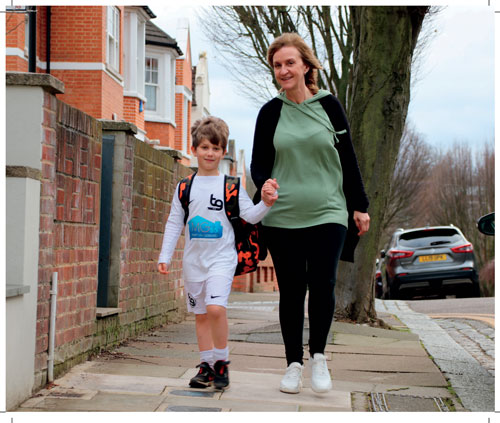
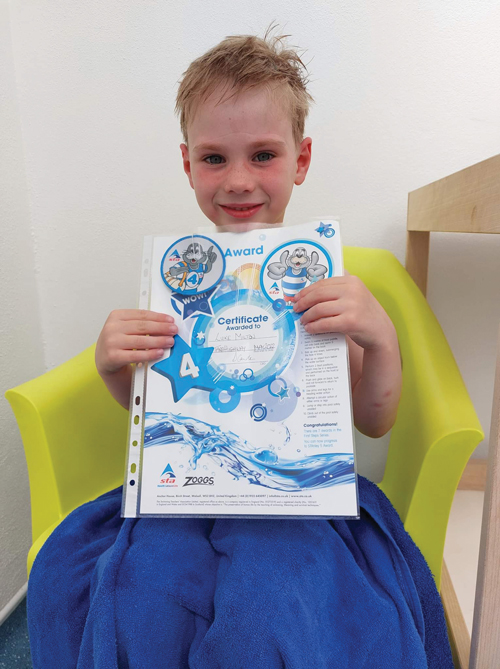


 Simple activities such as tree climbing and den building are rich in learning opportunities and should not be underestimated. When climbing a tree, children should be encouraged to consider their physical space, where their feet need to be placed, whether they feel comfortable and how high they think they should climb in order to stay safe. Parents should always be there to supervise but should contemplate the level of support given in order to develop their child’s own risk awareness and physical resilience. The simple act of climbing trees builds upper body strength, core stability and balance which are all gross motor skills which support progress in writing and Reception readiness.
Simple activities such as tree climbing and den building are rich in learning opportunities and should not be underestimated. When climbing a tree, children should be encouraged to consider their physical space, where their feet need to be placed, whether they feel comfortable and how high they think they should climb in order to stay safe. Parents should always be there to supervise but should contemplate the level of support given in order to develop their child’s own risk awareness and physical resilience. The simple act of climbing trees builds upper body strength, core stability and balance which are all gross motor skills which support progress in writing and Reception readiness. There is so much more to writing than tracing and forming letters. The simple act of taking your child to the woods gives them the chance to explore, climb trees, collect leaves and acorns, swing from branches, carry and roll logs and dig. These simple activities can all contribute to your child’s ability to be able to physically write when they enter their Reception year. Why not enhance your trip to the woods by taking some potato peelers and whittling freshly cut branches? A simple activity that teaches perseverance and concentration, requires force and control and uses both sides of the body, supporting progression in writing without actually writing.
There is so much more to writing than tracing and forming letters. The simple act of taking your child to the woods gives them the chance to explore, climb trees, collect leaves and acorns, swing from branches, carry and roll logs and dig. These simple activities can all contribute to your child’s ability to be able to physically write when they enter their Reception year. Why not enhance your trip to the woods by taking some potato peelers and whittling freshly cut branches? A simple activity that teaches perseverance and concentration, requires force and control and uses both sides of the body, supporting progression in writing without actually writing. PANTS stands for:
PANTS stands for: